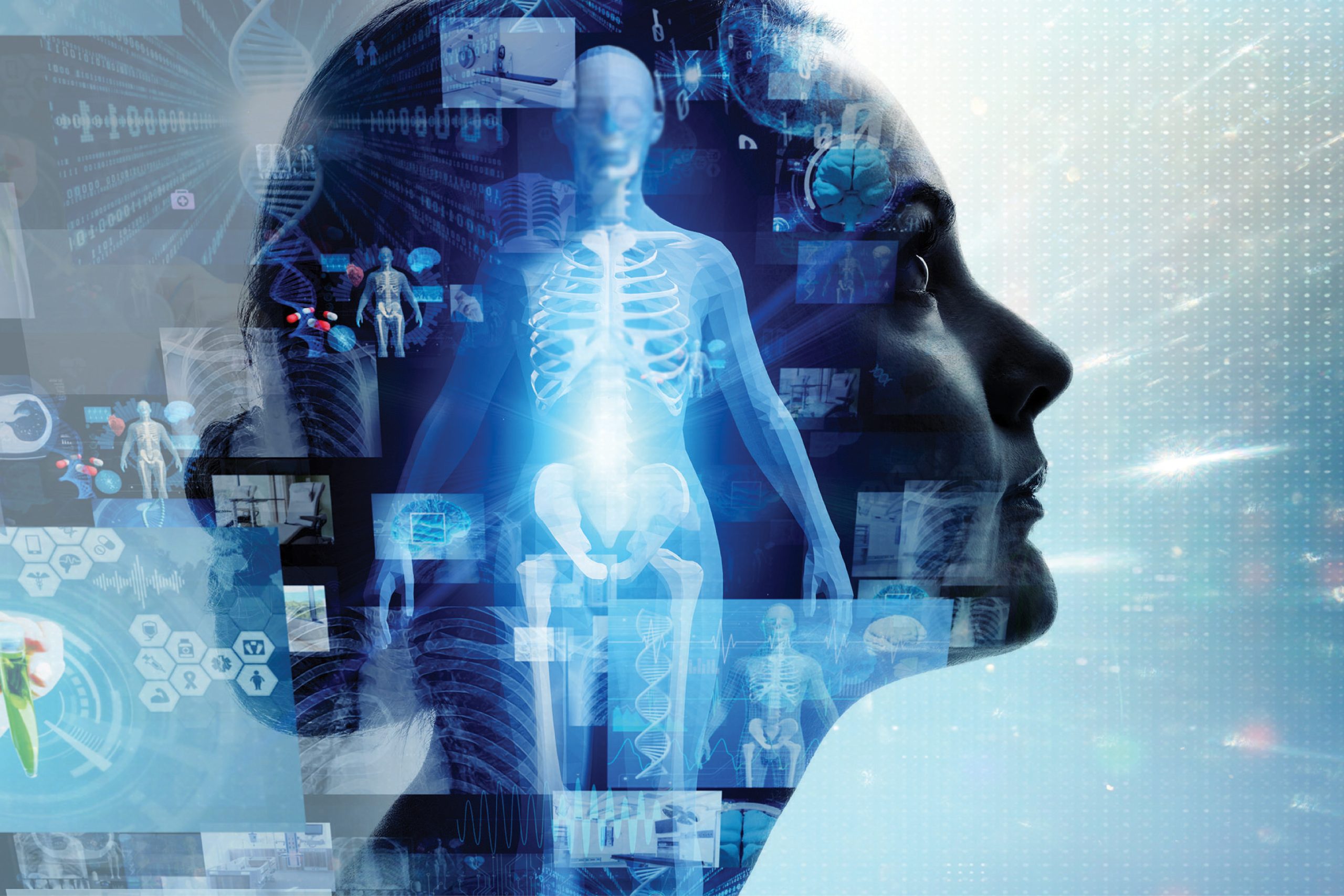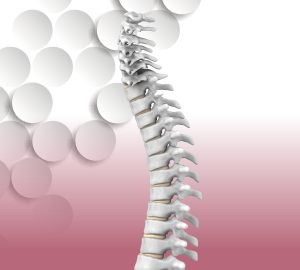So much work is being done to better ourselves and the world around us both for today and future generations. Nowhere is that more clear than in the advances being made in health and self-care. Whether it’s investigating the pathology of disease, using collaboration to solve problems or rethinking our daily routines, there are breakthroughs and innovations being made every day.
epigenetics in skin care
Advancements in our understanding of the epigenome could revolutionize our daily routines. In skin care, epigenetics deals with how external factors lead to DNA damage, which in turn causes signs of aging and skin problems. Research has shown that most skin disorders are epigenetic, with inherited genetic predisposition playing a less prominent role. While avoiding all external factors is impossible, this insight has led researchers to work on developing products that help change gene expression patterns, essentially causing the skin to act younger. These insights also can help inform how we protect our skin from environmental factors, such as the sun and pollution.
Researchers working with Estée Lauder have been looking into the epigenetics of the skin for more than a decade. They have discovered microRNA molecules, mir-146a, that change in concentration with age and are linked with other anti-aging markers. MicroRNA influences how cells develop and die as well as other things, such as controlling our circadian rhythm. Our skin’s natural repair methods also are tied to our circadian rhythm, with it acting more as a protective barrier during the day and restoring itself at night by producing proteins and lipids. In theory, finding a way to increase the concentration of mir-146a in aging skin could heighten its ability to repair itself, innovating how we approach skin care.
tumor growth insights
A common methodology for understanding tumor growth is identifying errors in the genetic code by sequencing the DNA of many cancer types. However, sometimes cancer growth is driven by changes to the epigenome—the way genetic code is executed—rather than mistakes in the code itself. New research for Washington University School of Medicine has revealed the important role of the epigenome across 11 cancer types. “Understanding the transitions from normal cells to tumor cells and from tumor cells to metastatic cancer is important for cancer prevention and treatment,” notes senior author Li Ding, Ph.D., the David English Smith Distinguished Professor of Medicine and a research member of Siteman Cancer Center.
The researchers found epigenetic differences between normal cells and tumor cells. Cancer cells tend to be more “open” than normal cells, which refers to whether genes are active and to what degree. Specific epigenetic drivers tied to cancer initiation were also discovered, as well as different drivers linked to metastatic cancer. The researchers found evidence that the epigenetic drivers of cancer can cooperate with DNA mutations to allow for greater spreading. Some drivers were present across multiple tumor types, and others were specific only to certain cancers. “These epigenetic drivers of cancer may help explain how tumors without genetic mutations can still behave aggressively, despite what we would predict,” explains senior author Dr. Ryan C. Fields, surgical oncologist and the Kim and Tim Eberlein Distinguished Professor.
better brain biopsies
Treatment and diagnosis for brain disease and cancer can be hindered by the blood-brain barrier, the body’s natural defense for brain tissue against viruses and other harmful substances in the blood. Critical molecular and genetic information is confined to the brain. Traditionally, this data is obtained by surgical brain biopsies. However, these come with risks and are not feasible for all tumors or diseases. Researchers at Washington University have developed a technique called sonobiopsy. It uses ultrasound and microbubbles to disrupt the barrier temporarily, allowing RNA, DNA and proteins from the brain to enter the blood. This means they can be detected and analyzed. Originally studied in animals, new research has found that it is feasible and safe for people.
Sonobiopsy works for using focused ultrasound to target a lesion in the brain, and then microbubbles are released into the bloodstream. When they reach the target location, they pop, which creates tiny holes in the blood-brain barrier. The holes leave no lasting damage, closing within a few hours. During that time, biomolecules can escape the brain and be collected in an ordinary blood draw. “We’ve essentially initiated a new field of study for brain conditions,” says senior author Hong Chen, Ph.D., an associate professor of biomedical engineering and neurosurgery. “We can now start to interrogate diseases for which surgical biopsies aren’t done, such as neurodevelopmental, neurodegenerative and psychiatric disorders.”
addressing medication shortages
SSM health is making a breakthrough on drug shortages and affordable pricing in hospital-use generic drugs. The health care system is a cofounder of Civica Rx, a nonprofit drug manufacturer. It was created in 2018 in partnership with seven other health systems and three philanthropies as a “health care utility,” a model in which otherwise competing entities collaborate to provide an essential good or service at the lowest sustainable cost. A recent study showed that the company has increased supply security and lowered the cost for 20 drug products that it manufactured between 2020 and 2022, all of which have been historically prone to shortages that have not previously been adequately addressed.
Currently, Civica Rx serves more than 55 health systems across the U.S., providing more than 75 critical medications. “Like SSM Health, Civica Rx is driven by a mission of making things better for patients, while also improving and transforming the health care system,” says Carter Dredge, lead futurist at SSM Health and Civica Rx board member. “The results of this study are very encouraging. Drug shortages have been a substantial problem for decades, and this new model appears to be having a differentiated positive impact—representing a new form of structural innovation in health care.”
a.i. & health care
Artificial intelligence (A.I.) is undoubtedly one of the hottest technology topics today, and that buzz includes its potential application in health care. Thanks to the COVID-19 pandemic, digital solutions became a necessity in every industry, and in health care, it led to an increase in virtual systems and delivery, improving access for many patients. Now, A.I. is being considered to further advance the field and address some of its most pressing challenges, including the ongoing labor shortage.
Locally, you can see generative A.I. at work through Mercy’s collaboration with Microsoft. The health care provider is using digital technologies, including Microsoft Azure OpenAI Service, to give health care providers more time to care for patients. The A.I. assists with tasks like helping patients understand their lab results and taking calls to schedule appointments. It also operates a chatbot for Mercy employees to quickly find important information. “With Microsoft, we are exploring more than four dozen uses of A.I. and will launch multiple new A.I. use cases by the middle of next year to transform care and experiences for patients and co-workers,” says Joe Kelly, Mercy’s executive vice president of transformation and business development officer. “This is predictive, proactive and personalized care at its best.”
Sources: SSM Health, Estee Lauder, Washington University School of Medicine, Mercy








